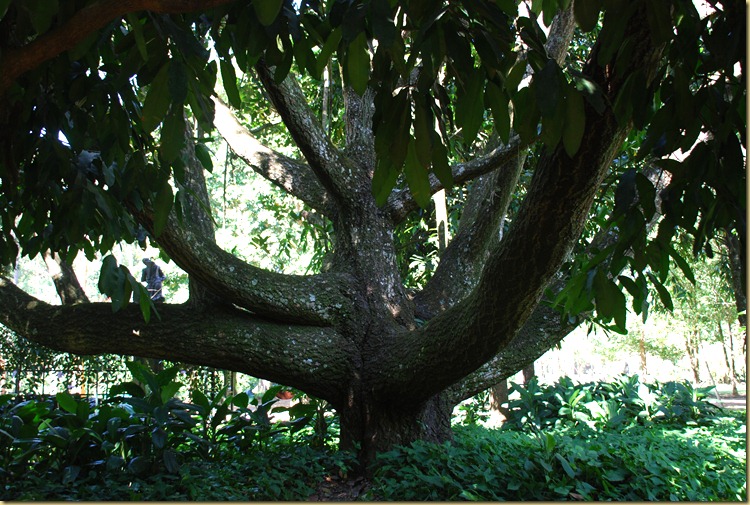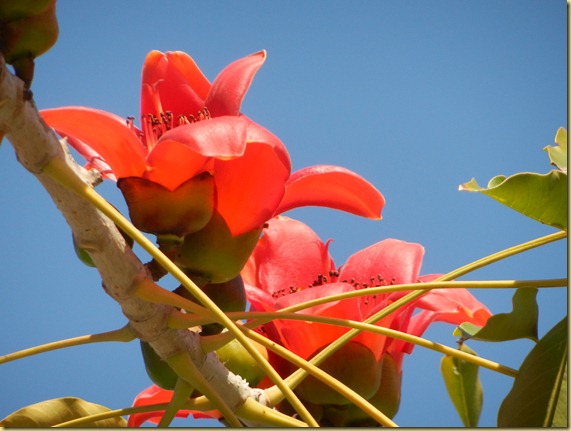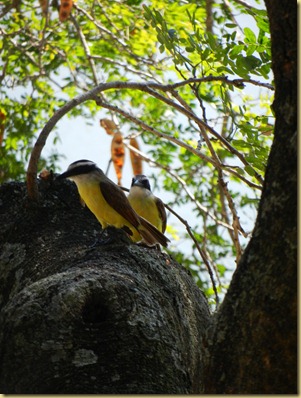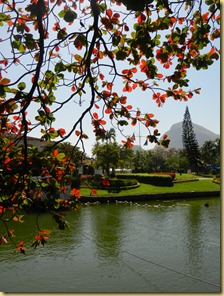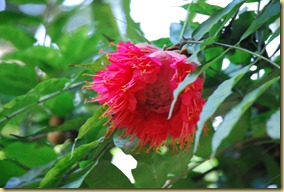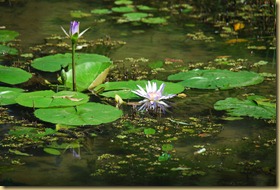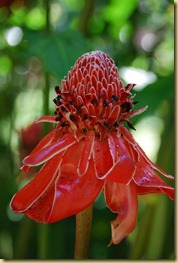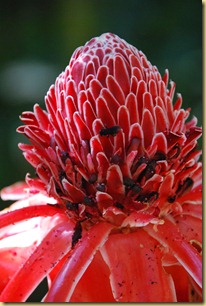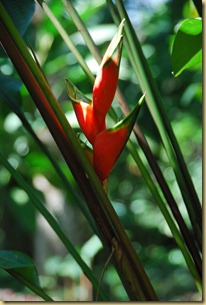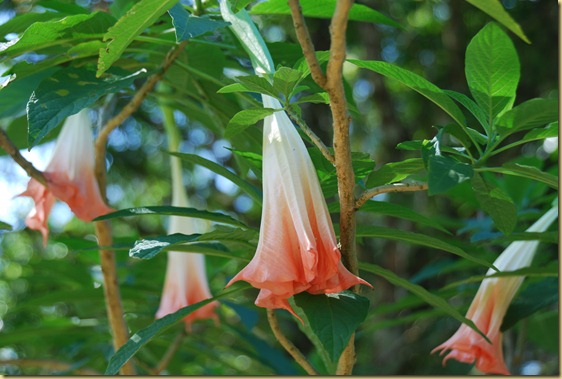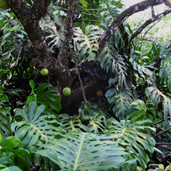A thought from the veranda.
Have you ever stopped at a stoplight, looked over at the car next to you, wondering: who are they, do they live close, are they a neighbor, are they happy or are they in crisis, where are they going? What is their story? Then the driver of the other car turns their head, looks you in the eye; a moment of recognition passes between you, there is, just briefly, an electrical current that connects you. The light changes and both cars move through the light. It is not likely that you will ever meet that person; you will never know the answers to your questions, but you will know their face, remembering always that very brief moment of connection.
Through this blog I have met many people; they visit me and from time to time make nice comments. In exchange, I go to their blog. I gain access to their hopes and dreams, their personal problems, many thoughts and perspectives. It feels that you know them. There are sometimes many exchanges of thoughts and feelings. They become your friend. Often you don’t see a real face. There is never an electrical current but often a mental one seems to be felt. Then they stop coming by. They stop commenting. Their life and interests have taken them elsewhere, to other brief exchanges of thoughts and perspectives. Fleeting, friendships in transit; some fade quickly and some you remember several years later, feeling their loss; feeling ‘saudade’ as they say here in Brasil.
Now Facebook has emerged. I wanted to see what all the fervor was about so I signed up. The program immediately searches your private contacts, email addresses in outlook and contacts on Skype, and says, “Ask them to be your friend”. I did, and I have to admit that I like the ‘contact’ with all my family. Through Facebook, I now see brief glimpses into the lives of nephews and nieces. I see photos of their daily activities, of their children. I hear how they feel on any given day, and in a very remote way can feel connected. I joined a group called ‘growing up in Adrian’, a discussion group that asks, ‘Do you remember when / who / what?’ I don’t, but it was fun for a while to follow, and in a remote way feel connected. I found a few people known from the blog comments, and added them as ‘friends’ and now see them talk back and forth with their friends and family, people I don’t and will never know and find these connections to be too remote to have meaning.
I have sat here for about 20 minutes, typing then erasing sentences. They have sounded so…. well, depressing and that was not my intent, really this is only an observation on modern life, so let me try and finish ...
…. But now a year on Facebook has brought me to this place; this place of realization that reading about peoples’ daily thoughts and activities is not being connected. This is not a moment of electrical current, a moment of understanding in the touch of a hand, or a forged friendship that will last a lifetime. This is socialization once removed. This is city dwelling run amok; this is another short lived effort to find our place in the world, to be a part of, to belong. I think it will be found, in the end, to be artificial and therefore temporary. Do you remember the CB craze in the 70s – socialization once removed. Ten-four big Charley
